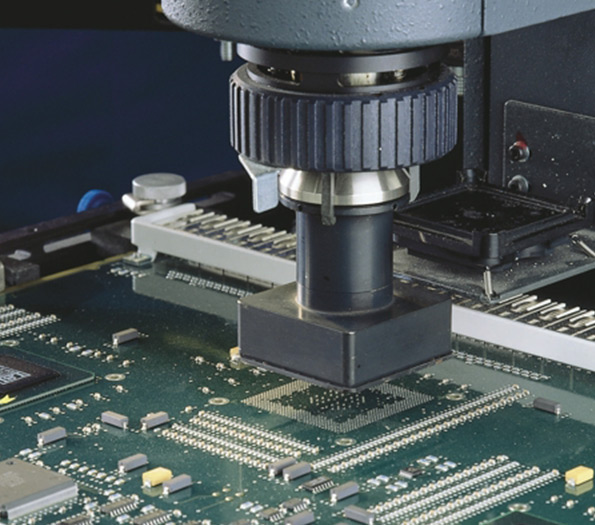

Exploring Green Low-E Glass A Sustainable Choice for Modern Architecture
As the world increasingly prioritizes sustainability and energy efficiency, the construction industry is embracing innovative materials that reduce environmental impact. One such advancement is green low-emissivity (low-E) glass, a remarkable product that combines aesthetics with functionality. This article explores what green low-E glass is, its benefits, and its significance in modern architecture.
Understanding Green Low-E Glass
Low-E glass is coated with a microscopically thin layer of metal or metallic oxide, which reflects infrared energy while allowing visible light to pass through. The term green in this context refers to its eco-friendly attributes, specifically how it contributes to energy efficiency and sustainability in building designs. This type of glass is designed to minimize the amount of ultraviolet (UV) and infrared light that enters through the glass without compromising the amount of visible light transmitted.
There are two main types of low-E coatings hard coat and soft coat. Hard coat low-E glass is applied during the glass manufacturing process and is more durable and cost-effective. In contrast, soft coat low-E glass is created by applying the reflective coating at a later stage, offering superior thermal performance and clarity. Both variations play a crucial role in enhancing the energy efficiency of buildings.
Benefits of Green Low-E Glass
The advantages of using green low-E glass are numerous, making it an attractive choice for builders and homeowners alike
1. Energy Efficiency One of the most significant benefits of low-E glass is its ability to reduce the amount of heat that enters or escapes a building. This can lead to lower heating and cooling costs, as it helps maintain a consistent indoor temperature. By reducing energy consumption, buildings can lower their carbon footprint, contributing to a more sustainable environment.
2. UV Protection The low-E coating effectively blocks harmful UV rays, which can cause fading in furniture, carpets, and artworks. By protecting interiors from sun damage, green low-E glass supports the longevity of these materials.

3. Natural Light Access Low-E glass allows ample natural light to enter buildings, reducing the need for artificial lighting during the day. This not only enhances the indoor ambiance but also contributes to energy savings.
4. Condensation Control During the winter months, Low-E glass helps in reducing condensation on the interior surface of windows. This improves comfort and reduces the risk of mold growth, benefiting both health and building longevity.
5. Environmental Impact By decreasing the amount of energy required for heating and cooling, green low-E glass contributes to reduced greenhouse gas emissions. Using low-E glass is an effective way for architects and builders to create energy-efficient designs that meet modern environmental standards.
The Role of Green Low-E Glass in Architecture
As architects and builders seek to create sustainable designs, green low-E glass has become a crucial component of energy-efficient buildings. It frequently features in residential homes, commercial buildings, and skyscrapers, greatly improving energy performance and contributing to global sustainability efforts.
Additionally, regulations and building codes increasingly favor energy-efficient solutions. Many green building certifications, such as LEED (Leadership in Energy and Environmental Design), recognize the use of low-E glass as a component that contributes to sustainable design.
Conclusion
Green low-E glass represents a significant advancement in building materials, merging functionality with sustainability. Its benefits—not only for energy efficiency and comfort but also for environmental impact—make it an essential choice for modern architecture. As the push for greener buildings continues to grow, low-E glass will undoubtedly play a pivotal role in shaping the way we design and construct our living and working spaces, promoting a healthier planet for future generations.